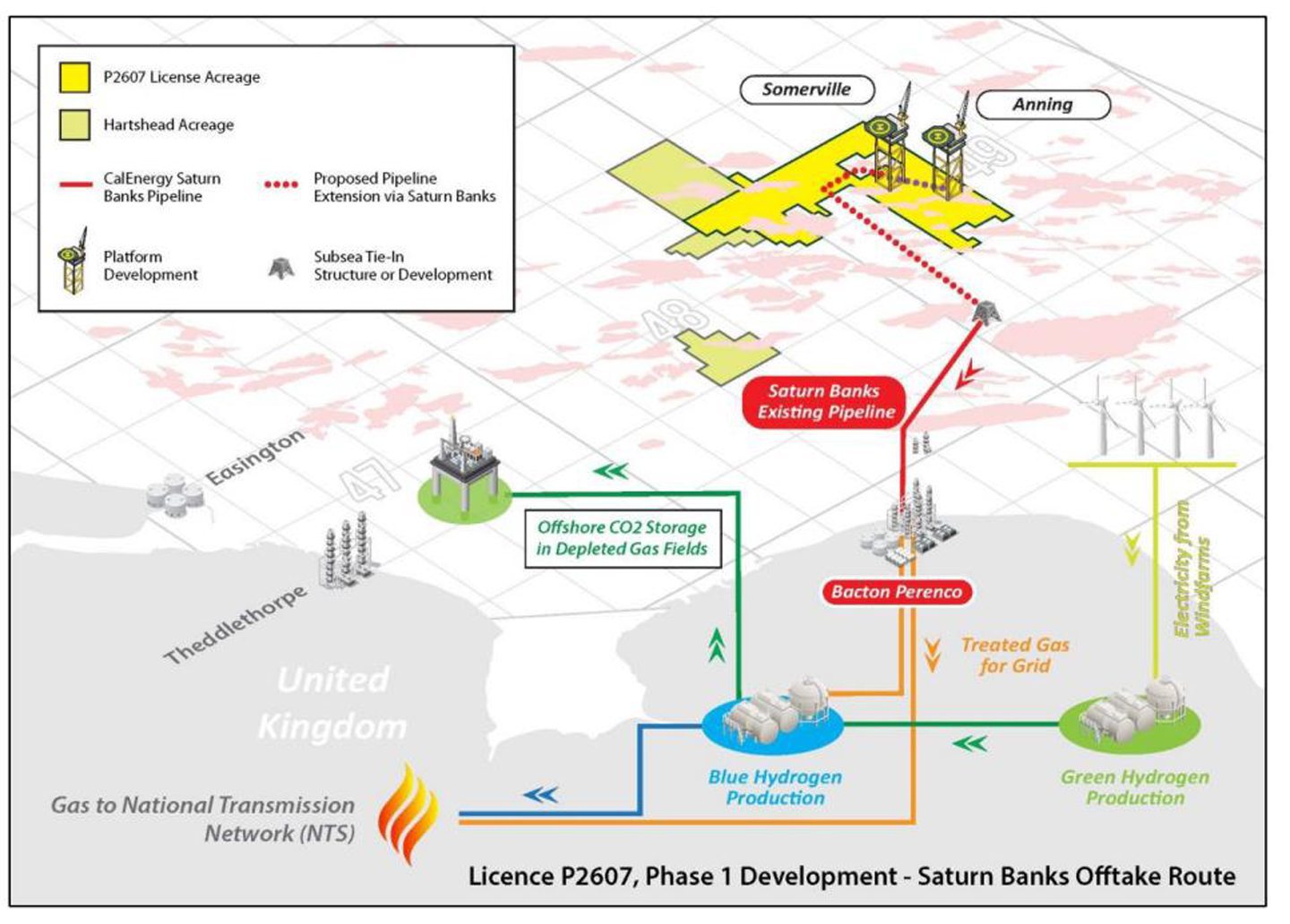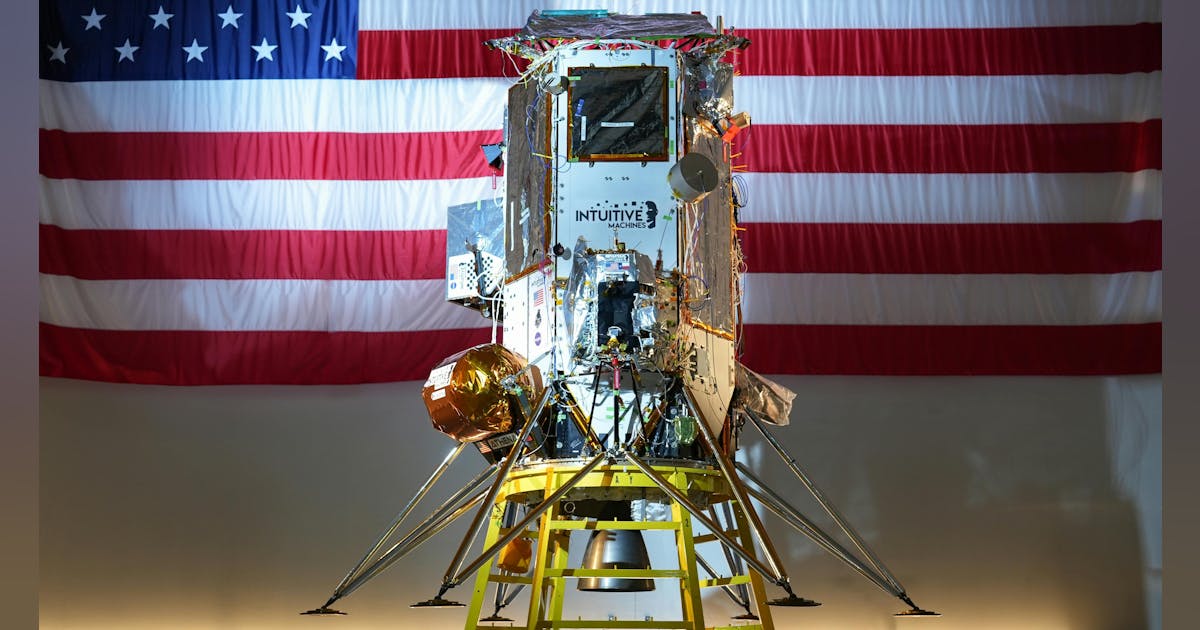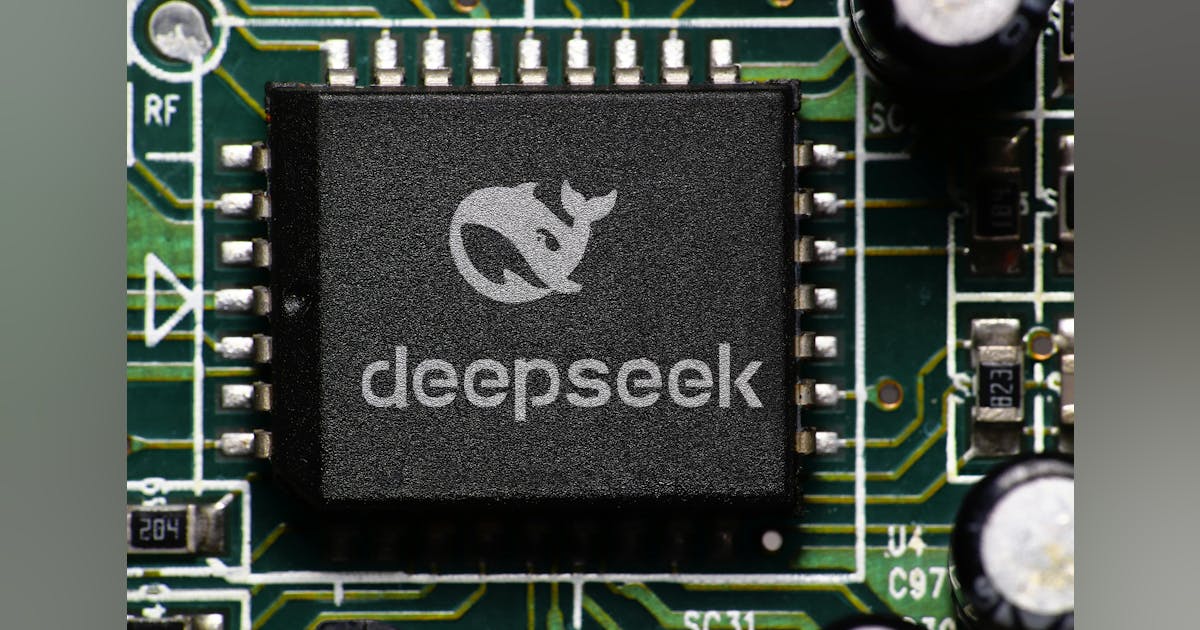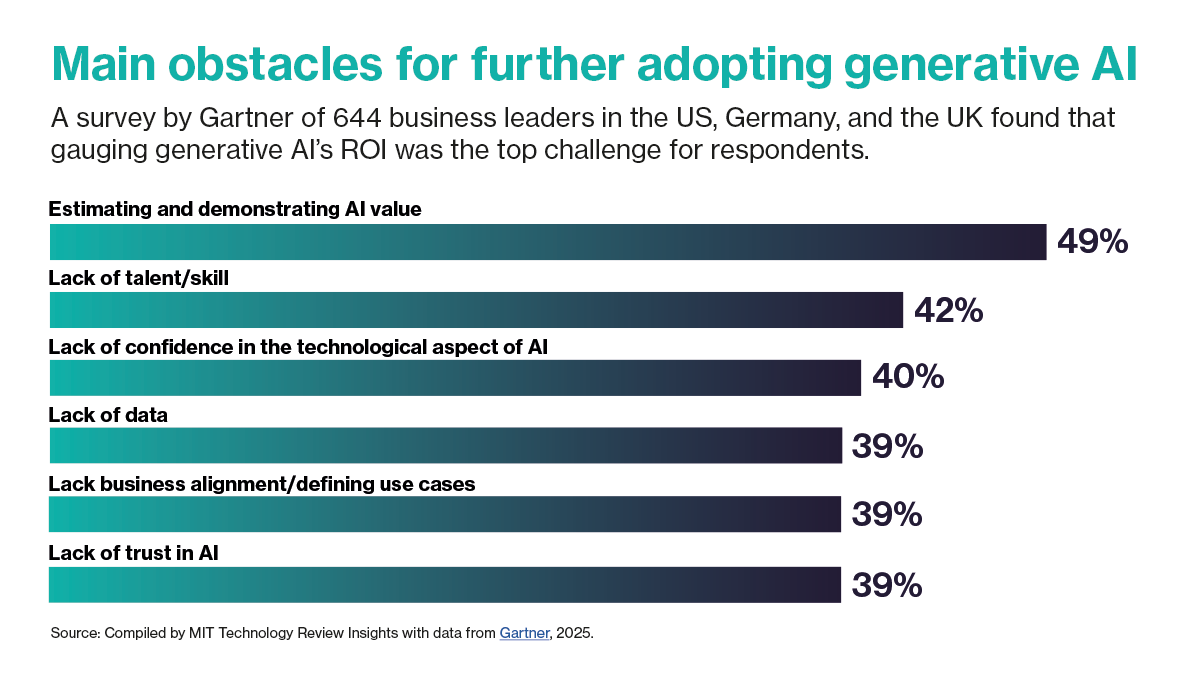This article is from The Spark, MIT Technology Review’s weekly climate newsletter. To receive it in your inbox every Wednesday, sign up here.
As I’ve admitted in this newsletter before, I love few things more than getting on an airplane. I know, it’s a bold statement from a climate reporter because of all the associated emissions, but it’s true. So I’m as intrigued as the next person by efforts to revive supersonic flight.
Last week, Boom Supersonic completed its first supersonic test flight of the XB-1 test aircraft. I watched the broadcast live, and the vibe was infectious, watching the hosts’ anticipation during takeoff and acceleration, and then their celebration once it was clear the aircraft had broken the sound barrier.
And yet, knowing what I know about the climate, the promise of a return to supersonic flight is a little tarnished. We’re in a spot with climate change where we need to drastically cut emissions, and supersonic flight would likely take us in the wrong direction. The whole thing has me wondering how fast is fast enough.
The aviation industry is responsible for about 4% of global warming to date. And right now only about 10% of the global population flies on an airplane in any given year. As incomes rise and flight becomes more accessible to more people, we can expect air travel to pick up, and the associated greenhouse gas emissions to rise with it.
If business continues as usual, emissions from aviation could double by 2050, according to a 2019 report from the International Civil Aviation Organization.
Supersonic flight could very well contribute to this trend, because flying faster requires a whole lot more energy—and consequently, fuel. Depending on the estimate, on a per-passenger basis, a supersonic plane will use somewhere between two and nine times as much fuel as a commercial jet today. (The most optimistic of those numbers comes from Boom, and it compares the company’s own planes to first-class cabins.)
In addition to the greenhouse gas emissions from increased fuel use, additional potential climate effects may be caused by pollutants like nitrogen oxides, sulfur, and black carbon being released at the higher altitudes common in supersonic flight. For more details, check out my latest story.
Boom points to sustainable aviation fuels (SAFs) as the solution to this problem. After all, these alternative fuels could potentially cut out all the greenhouse gases associated with burning jet fuel.
The problem is, the market for SAFs is practically embryonic. They made up less than 1% of the jet fuel supply in 2024, and they’re still several times more expensive than fossil fuels. And currently available SAFs tend to cut emissions between 50% and 70%—still a long way from net-zero.
Things will (hopefully) progress in the time it takes Boom to make progress on reviving supersonic flight—the company plans to begin building its full-scale plane, Overture, sometime next year. But experts are skeptical that SAF will be as available, or as cheap, as it’ll need to be to decarbonize our current aviation industry, not to mention to supply an entirely new class of airplanes that burn even more fuel to go the same distance.
The Concorde supersonic jet, which flew from 1969 to 2003, could get from New York to London in a little over three hours. I’d love to experience that flight—moving faster than the speed of sound is a wild novelty, and a quicker flight across the pond could open new options for travel.
One expert I spoke to for my story, after we talked about supersonic flight and how it’ll affect the climate, mentioned that he’s actually trying to convince the industry that planes should actually be slowing down a little bit. By flying just 10% slower, planes could see outsized reductions in emissions.
Technology can make our lives better. But sometimes, there’s a clear tradeoff between how technology can improve comfort and convenience for a select group of people and how it will contribute to the global crisis that is climate change.
I’m not a Luddite, and I certainly fly more than the average person. But I do feel like, maybe we should all figure out how to slow down, or at least not tear toward the worst impacts of climate change faster.
Related reading
We named sustainable aviation fuel as one of our 10 Breakthrough Technologies this year.
The world of alternative fuels can be complicated. Here’s everything you need to know about the wide range of SAFs.
Rerouting planes could help reduce contrails—and aviation’s climate impacts. Read more in this story from James Temple.

Another thing
DeepSeek has crashed onto the scene, upending established ideas about the AI industry. One common claim is that the company’s model could drastically reduce the energy needed for AI. But the story is more complicated than that, as my colleague James O’Donnell covered in this sharp analysis.
Keeping up with climate
Donald Trump announced a 10% tariff on goods from China. Plans for tariffs on Mexico and Canada were announced, then quickly paused, this week as well. Here’s more on what it could mean for folks in the US. (NPR)
→ China quickly hit back with mineral export curbs on materials including tellurium, a key ingredient in some alternative solar panels. (Mining.com)
→ If the tariffs on Mexico and Canada go into effect, they’d hit supply chains for the auto industry, hard. (Heatmap News)
Researchers are scrambling to archive publicly available data from agencies like the National Oceanic and Atmospheric Administration. The Trump administration has directed federal agencies to remove references to climate change. (Inside Climate News)
→ As of Wednesday morning, it appears that live data that tracks carbon dioxide in the atmosphere is no longer accessible on NOAA’s website. (Try for yourself here)
Staffers with Elon Musk’s “department of government efficiency” entered the NOAA offices on Wednesday morning, inciting concerns about plans for the agency. (The Guardian)
The National Science Foundation, one of the US’s leading funders of science and engineering research, is reportedly planning to lay off between 25% and 50% of its staff. (Politico)
Our roads aren’t built for the conditions being driven by climate change. Warming temperatures and changing weather patterns are hammering roads, driving up maintenance costs. (Bloomberg)
Researchers created a new strain of rice that produces much less methane when grown in flooded fields. The variant was made with traditional crossbreeding. (New Scientist)
Oat milk maker Oatly is trying to ditch fossil fuels in its production process with industrial heat pumps and other electrified technology. But getting away from gas in food and beverage production isn’t easy. (Canary Media)
A new 3D study of the Greenland Ice Sheet reveals that crevasses are expanding faster than previously thought. (Inside Climate News)
In other ice news, an Arctic geoengineering project shut down over concerns for wildlife. The nonprofit project was experimenting with using glass beads to slow melting, but results showed it was a threat to food chains. (New Scientist)






















